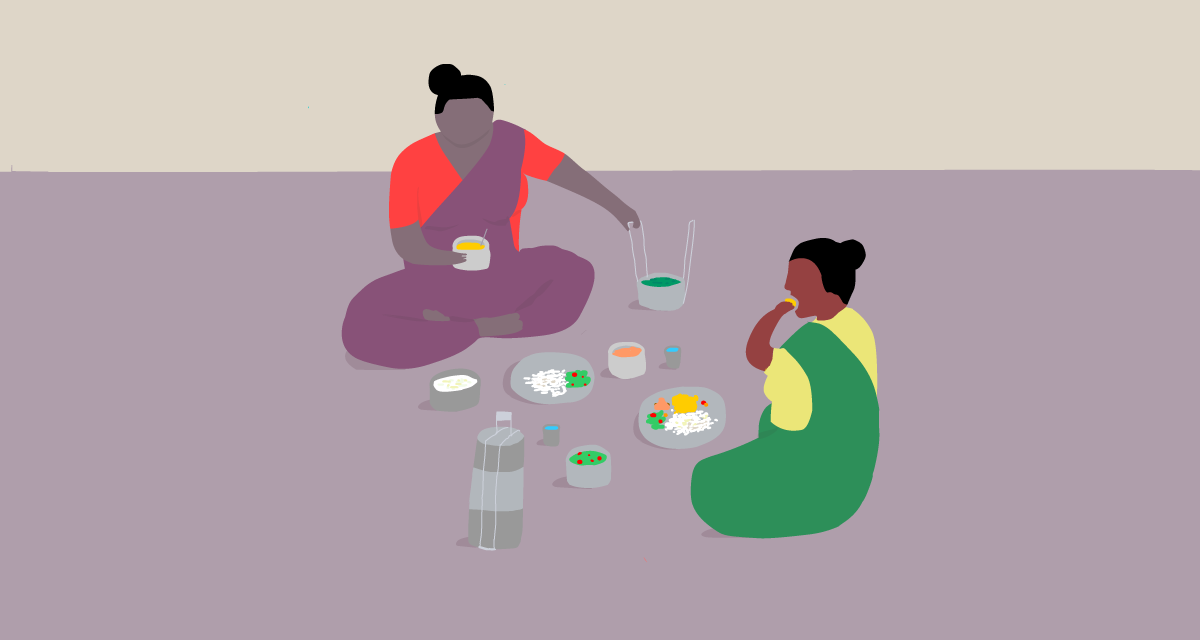Store leftover food in glass, ceramic or stainless steel rather than plastic, and drink water from glass or stainless steel containers.
It’s tough when you are in a hurry to find glass bottled water. The simplest solution is to carry water with you in a stainless steel container or glass jar.
Why Avoid Plastic Water Bottles and Food Containers?
There are several reasons to avoid plastic containers of all kinds.
BPA Mimics Estrogen
Hard plastic containers and canned food with a plastic lining often contain bisphenol-A (BPA), which mimics the hormone estrogen and increases breast cancer risk. Bisphenol A also disrupts thyroid function and lowers the hormone progesterone. Plastic bottles with the number 7 on the bottom are usually made of polycarbonate, which leaches BPA. Hard plastic water bottles, such as 5 gallon jugs and Nalgene water bottles, may contain BPA – check the number on the bottom.
BPA-Free Does Not Mean Safe
Plastics that are labelled BPA-free may still mimic the hormone estrogen. Researchers tested 14 products that were labelled BPA-free and found that, despite the label, four of them had significant estrogenic activity. One was a polystyrene and the other three were Tritan™ resins. Exposure to UV radiation in natural sunlight caused an increase in estrogenic activity in the Tritan™ resins. However, polyethylene terephthalate (PETG bottles have the #1 on the bottom), cyclic olefin polymer (COP) or copolymer (COC) thermoplastic resins did not release chemicals with detectable estrogenic activity. Most water bottles are made from polyethylene terephthalate, which is not estrogenic.
Avoid Phthalates
Some plastic food packaging contains phthalates, another estrogenic chemical added to plastics to make them soft and flexible. For example, milk packaged in plastic has higher phthalate levels than milk contained in glass or metal. Phthalates are toxic to the thyroid, liver and kidney; harm the reproductive tract; cause harm to the developing foetus; mimic the hormone estrogen; and cause earlier puberty and breast development in girls. A Chinese study looked at phthalates in 25 plastic food products, including packaging bags, packaging film, containers, boxes for microwave oven use, sucking tubes, spoons, cups, plates, etc and found that only one of the 25 examined samples was free from phthalates. The other 24 samples were found to contain at least three or more phthalates, with the predominant phthalate being DEHP.
What Goes Around, Comes Around
What goes around, comes around. Plastics that many of us use daily, including plastic bags and water bottles, eventually break down and end up as tiny plastic particles in our oceans, known as microplastics. In fact, 70% of all plastics are destined to eventually sink, accumulating in the ocean sediment. The oceans act as a burial ground for human’s plastic waste. Microplastics are ingested by bottom-feeding small marine organisms, such as phytoplankton, which form the foundation of the marine food web. The phytoplankton are then eaten by zooplankton, jellyfish and krill, which are consumed by fish, sharks and baleen whales, including blue and humpback whales. As the top predators in the food chain, seals, polar bears, birds, humans and other fish-eaters ingest the highest load of microplastics. This process is called bio-accumulation – the species at the top of the food chain concentrates the chemical or toxin initially absorbed at the bottom of the food chain. We poison ourselves, other species and future generations with the plastic we use.
What to Do?
Buy oils or fatty foods in glass rather than plastic containers. Use waxed paper or butcher paper to wrap sandwiches and other foods in, and especially do not microwave food in plastic containers or plastic wrap. Use ceramic or glass containers instead. Store food in glass or stainless steel containers.
Collectively, we need to resolve this enormous environmental issue. The first step is to be aware of the problem and use as little packaging as possible – cook from scratch. The second is to replace plastic with biodegradable alternatives. Thirdly, write to food manufacturers and request that products be packaged in glass or non-estrogenic biodegradable containers whenever possible. Finally, we must legislate against marine pollution and fine manufacturers and users.
Where to Shop?
One great source for stainless steel food containers is LifeWithoutPlastic. If you choose to shop with LifeWithoutPlastic through this link, MammAlive will receive a 5% commission, and if you use the following coupon at checkout for your purchase you will get a 5% discount on all items you order: mammalive5 (at checkout simply enter the coupon code in the field marked “Discount Code”, click “Apply Coupon”, and the discount will be made).
References:
Plastics in the marine environment: the dark side of a modern gift.
Take the Breast Health Challenge!
Store leftover food in glass, ceramic or stainless steel and take a photo or make a video of you doing it, and post on your Facebook page, Youtube or Instagram with the hashtag #breasthealthchallenge between Oct 1-31. Challenge your friends to do the same. Also enter your email to receive daily tips from the Breast Health Challenge and we’ll enter you into our contest to win prizes. Contest ends Oct 31.
Sign up to receive daily tips in October: Sign Up
Tell us about what you use to store your food in the comments section below. Let’s share what works!
Click here to see all tips
Upcoming Programs
For upcoming Healthy Breast Programs see http://mammalive.net/upcoming-courses/





